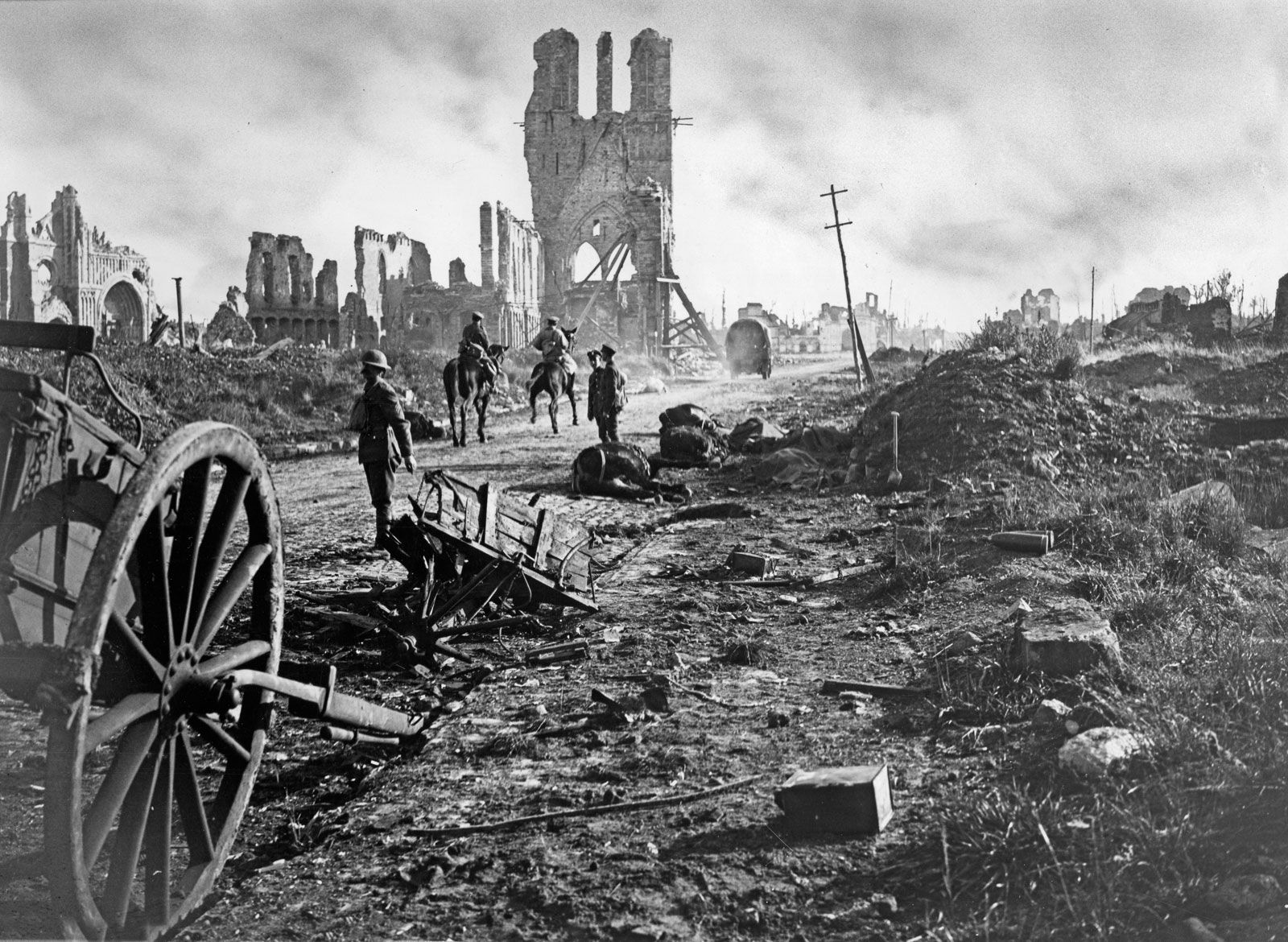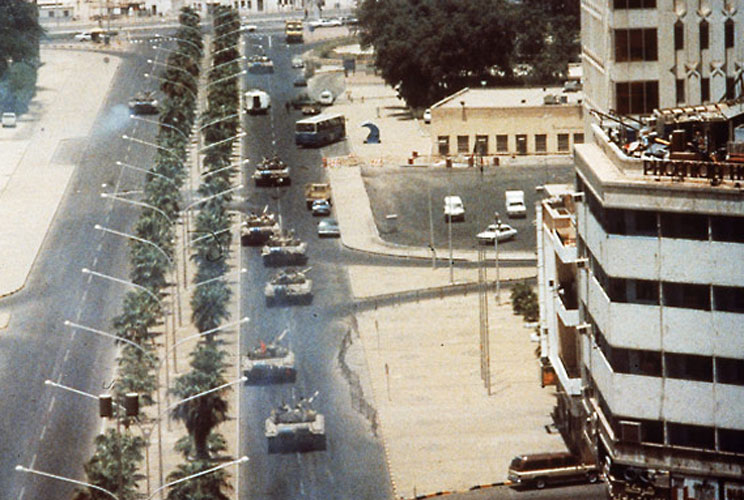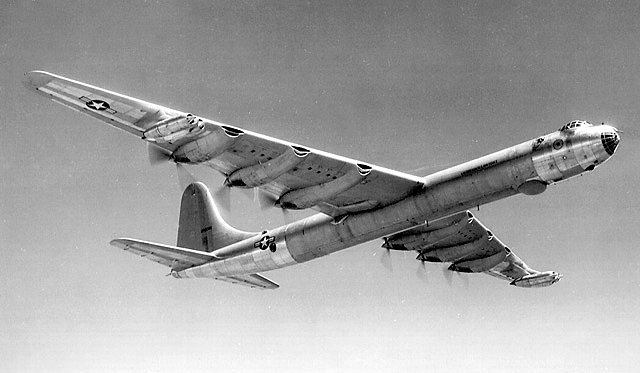BarnBuster
Virtually Unknown Member
At 3:42 a.m. on July 28, 1976 an earthquake measuring between 7.8 and 8.2 magnitude on the Richter scale flattens Tangshan, a Chinese industrial city with a population of about one million people. As almost everyone was asleep in their beds, instead of outside in the relative safety of the streets, the quake was especially costly in terms of human life. An estimated 242,000 people in Tangshan and surrounding areas were killed, making the earthquake one of the deadliest in recorded history, surpassed only by the 300,000 who died in the Calcutta earthquake in 1737, and the 830,000 thought to have perished in China’s Shaanxi province in 1556.
Caught between the Indian and Pacific plates, China has been a very active location for earthquakes throughout history. Earthquakes have also played a significant part in China’s culture and science, and the Chinese were the first to develop functioning seismometers. The area of northern China hit by the Tangshan earthquake is particularly prone to the westward movement of the Pacific plate.
In the days preceding the earthquake, people began to notice strange phenomena in and around Tangshan. Well-water levels rose and fell. Rats were seen running in panicked packs in broad daylight. Chickens refused to eat. During the evening of July 27 and the early morning hours of July 28, people reported flashes of colored light and roaring fireballs. Still, at 3:42 a.m. most people were sleeping quietly when the earthquake struck. It lasted for 23 seconds and leveled 90 percent of Tangshan’s buildings. At least a quarter-of-a-million people were killed and 160,000 others injured. The earthquake came during the heat of midsummer, and many stunned survivors crawled out of their ruined houses naked, covered only in dust and blood. The earthquake started fires and ignited explosives and poisonous gases in Tangshan’s factories. Water and electricity were cut off, and rail and road access to the city was destroyed.
The Chinese government was ill-prepared for a disaster of this scale. The day following the quake, helicopters and planes began dropping food and medicine into the city. Some 100,000 soldiers of the People’s Liberation Army were ordered to Tangshan, and many had to march on foot from Jinzhou, a distance of more than 180 miles. About 30,000 medical personnel were called in, along with 30,000 construction workers. The Chinese government, boasting self-sufficiency, refused all offers of foreign relief aid. In the crucial first week after the crisis, many died from lack of medical care. Troops and relief workers lacked the kind of heavy rescue training necessary to efficiently pull survivors from the rubble. Looting was also epidemic. More than 160,000 families were left homeless, and more than 4,000 children were orphaned.
Tangshan was eventually rebuilt with adequate earthquake precautions. Today, nearly two million people live there. There is speculation that the death toll from the 1976 quake was much higher than the official Chinese government figure of 242,000. Some Chinese sources have spoken privately of more than 500,000 deaths.
















